Design Icon Hans Wegner is of course not to be missed in my Design Icons series. He was the driving force behind the “Danish Modern” movement and helped change the general public view of furniture during the 1950’s and 60’s. During his lifetime he designed more than 500 chairs, which earned him the title “Master of the Chair”. A few of his most well-known designs are, amongst others, the Wishbone Chair, the Bear Chair and the Ox Chair.
Born in 1914 in the southern part of Denmark, he completed his apprenticeship as a cabinetmaker at age 17. At age 20 Wegner moved to Copenhagen to study at the School of Arts and Crafts, which he finished 1938. Two years later he joined Arne Jacobsen and Erik Moller who were designing and building the new town hall in Aarhus at the time (Denmark’s second largest city). Wegner was commissioned to design the furniture for this building. In 1943 Wegner started his own studio specialising in furniture design.
One of his first designs was the China Chair, part of a series of chairs inspired by the Chinese Ming Dynasty. Another famous design in this serie is the Wishbone Chair. In 1949 Hans Wegner started a collaboration with Danish furniture manufacturer Carl Hansen and Son. This company has produced most of Wegner’s designs up until today.
But what made Wegner’s designs so outstanding? According to Knud Erik Hansen, CEO of Carl Hansen and Son: “Design Icon Hans Wegner highly valued simplicity and comfort and he is recognized for providing minimalism with an organic and natural softness. His designs are characterized by functionality, aesthetics, and high quality—often in an exquisitely simple design that is easy to relate to and without unnecessary details. The fact that Wegner was a cabinetmaker first and a designer second makes him a unique furniture designer—a master of detail who flawlessly merges craftsmanship with exquisite design.”
Well, I don’t think I can add anything more to those words about Design Icon Hans Wegner, but I hope these images will 🙂
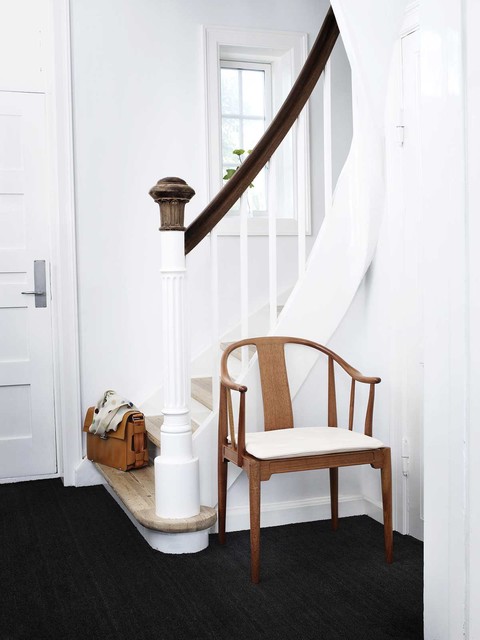
The China Chair, one of Design Icon Hans Wegners first designs, inspired by the Chinese Ming Dynasty – 1943
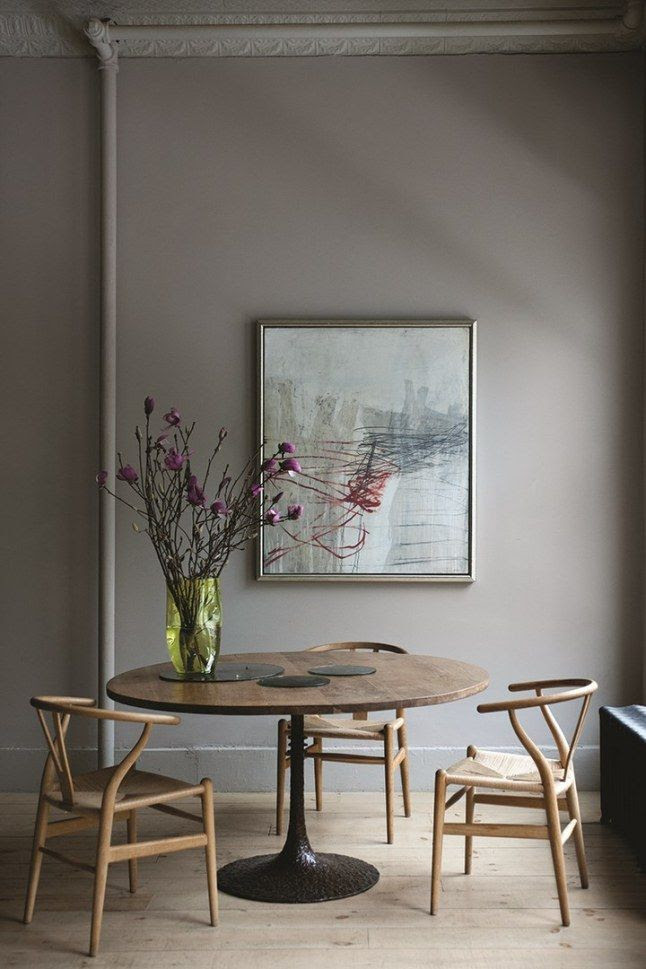
Beautiful Wishbone chairs, part of the Ming Dynasty series, by Wegner in the Soho apartment of Ochre owners Andrew Corrie and Harriet Maxwell
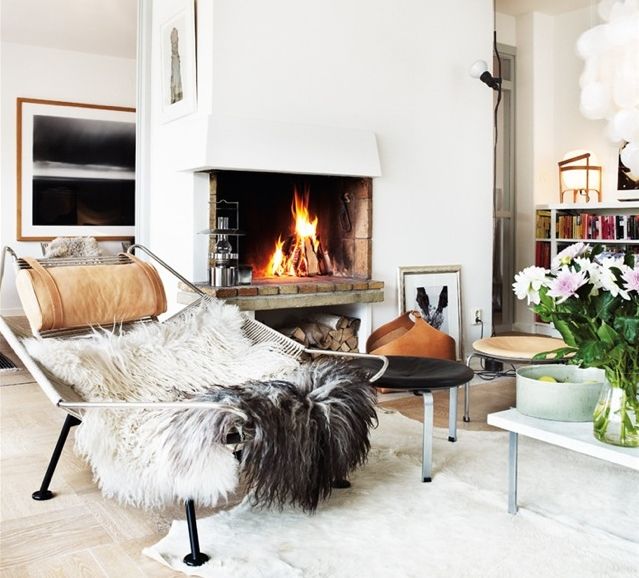
The Flag Halyard Chair designed in 1950 using 240 metres of specially produced flag line forming the seat and back, accompanied with a Icelandic sheepskin – by Hans Wegner for PP Mobler
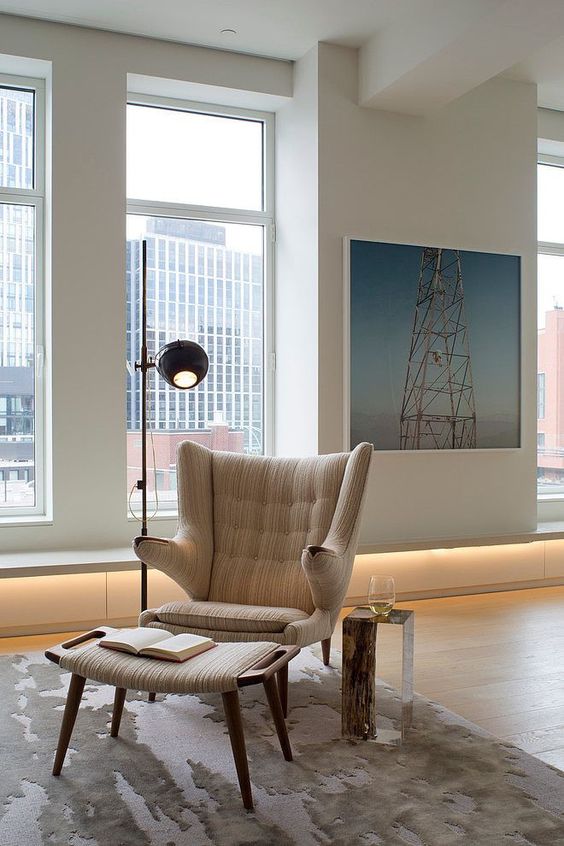
The Papa Bear Chair with ottoman. first designed in 1951, these days only made to order by PP Mobler, with long lead times, better find a vintage item – via The Urbnite
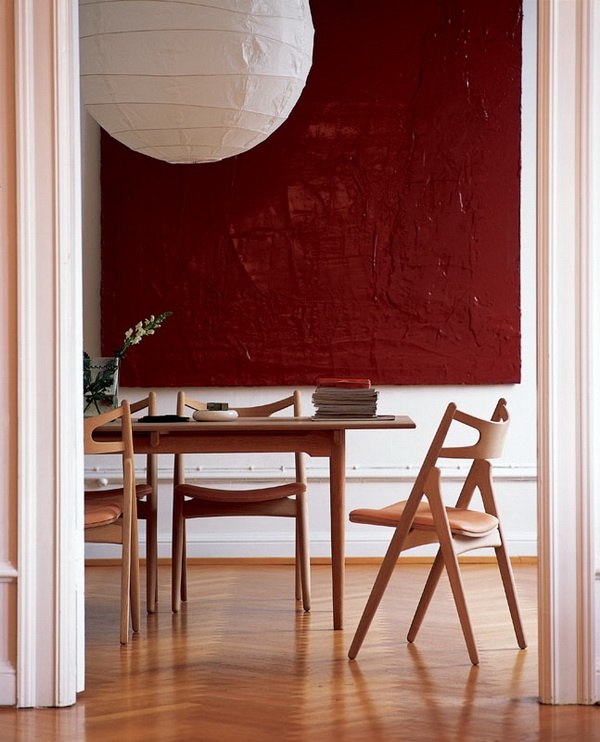
The Sawbuck Chair, it’s name derived from the fact that the shape of its legs resemble that of the simple sawbucks traditionally used by carpenters, designed in 1952 and re-launched in the 1990’s
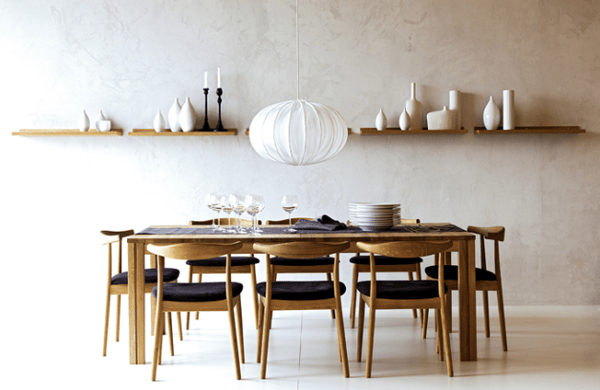
The Elbow Chairs, also ideal as a desk chair due to its low back and horizontal seat, designed in 1956
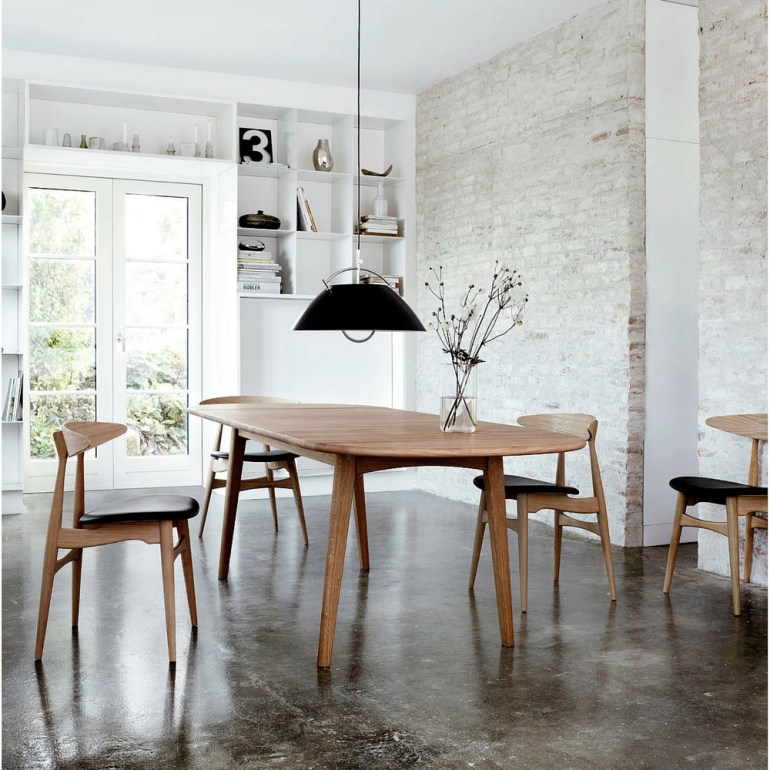
The CH33 Chair, designed in 1957 paired with the CH006 Dropleaf Dining Table
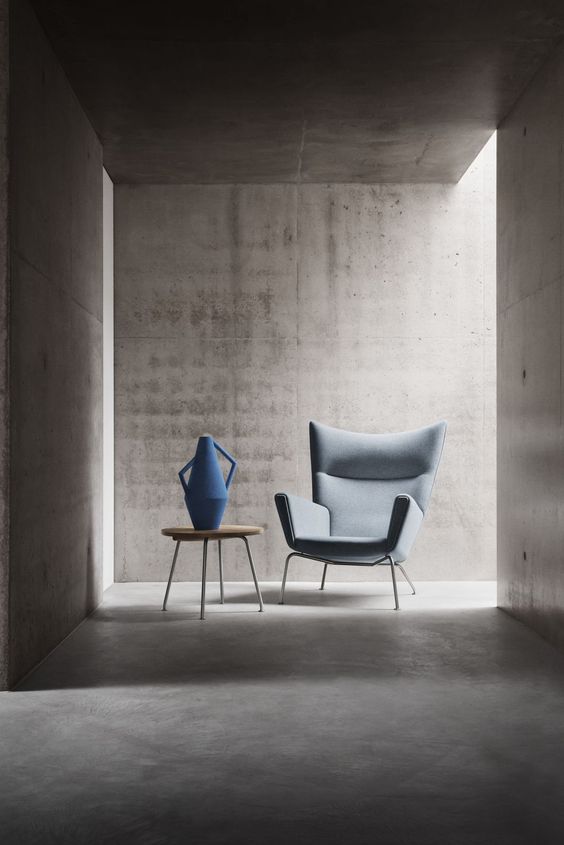
The well-known Wing Chair, designed in 1960
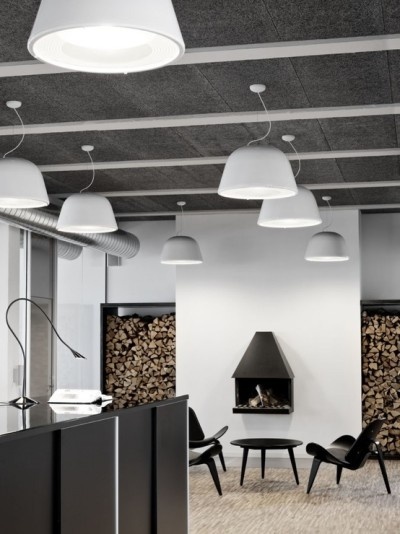
The three-legged Shell Chair, designed in 1963, first reluctantly received by the consumer but very much in demand after the re-launch in 1998
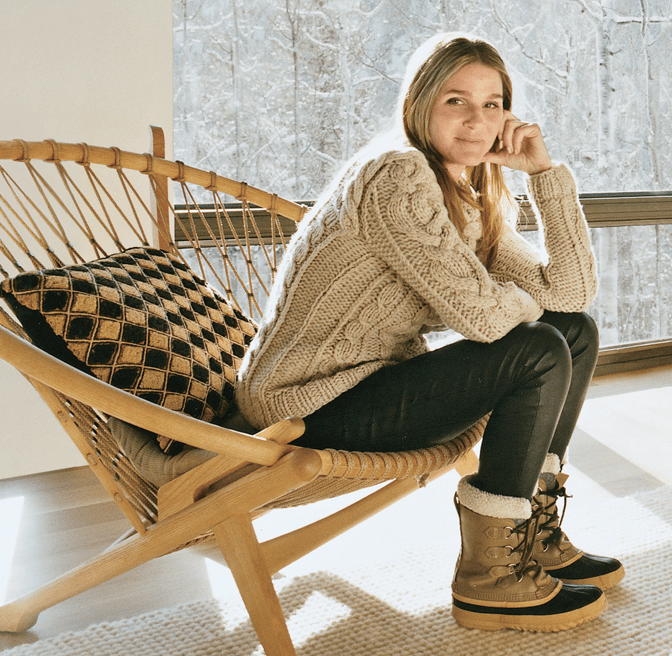
Aerin Lauder relaxing in the Hoop Chair, originally designed in 1965 and taken into production in 1985 by PP Mobler
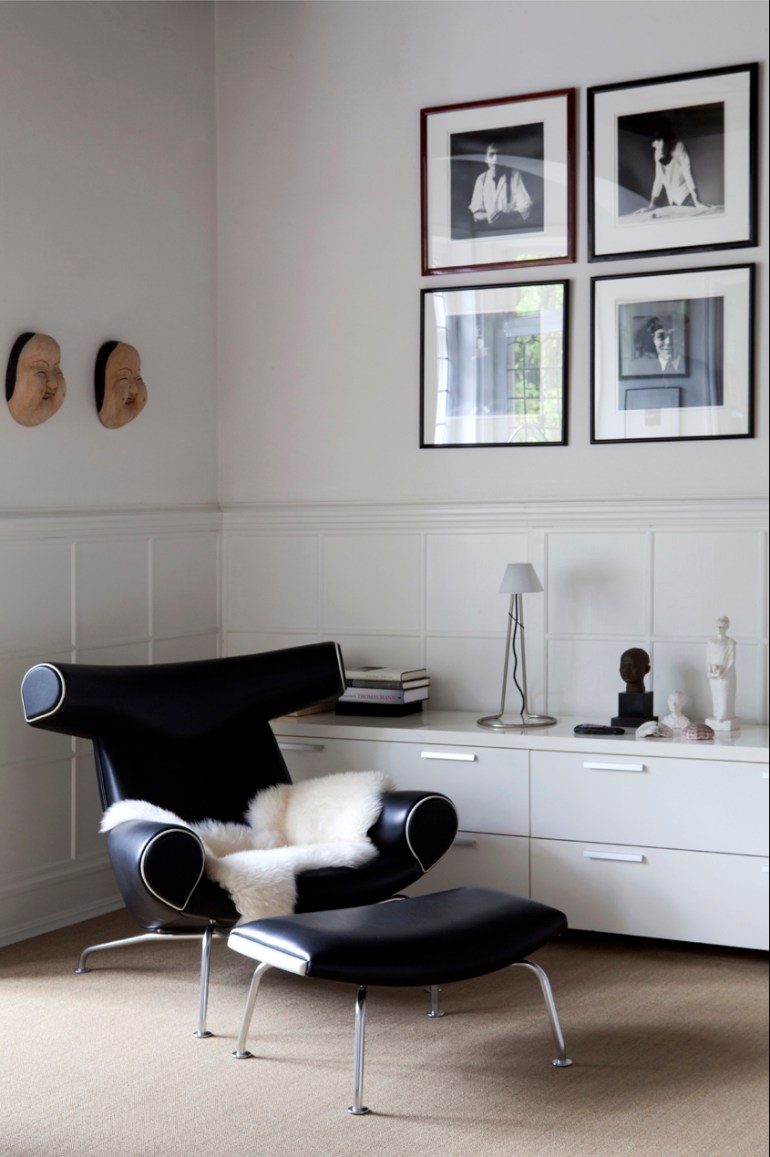
The Ox Chair and ottoman, a product of Wegner’s fascination with the works of Picasso. Production ceased in 1962 as it was to complicated to manufacture. In 1985 production re-commenced by Erik Jorgenson
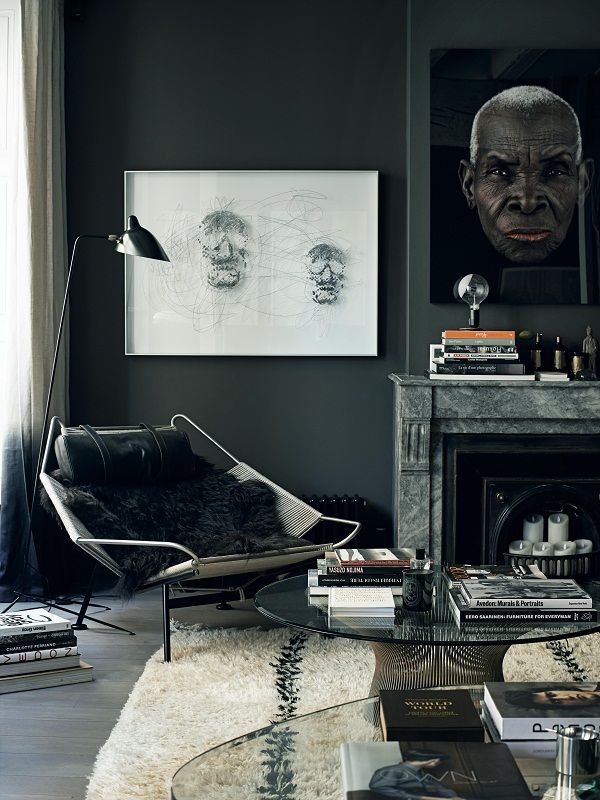
Another Flag Halyard Chair, paired here with a steel-wire Platner coffeetable and a Serge Mouille floorlamp – via Dear Designer
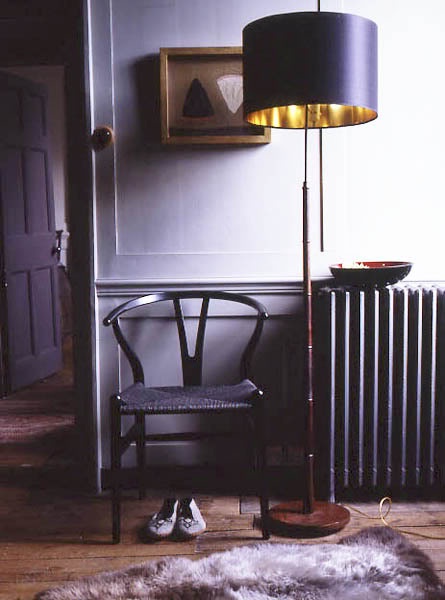
Another Wishbone Chair, this time in black
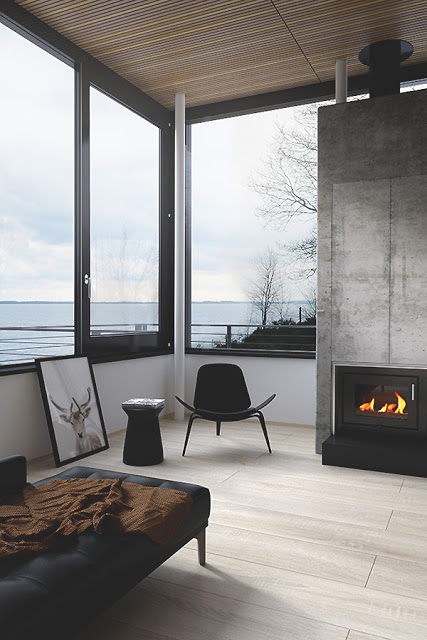
Another Shell Chair
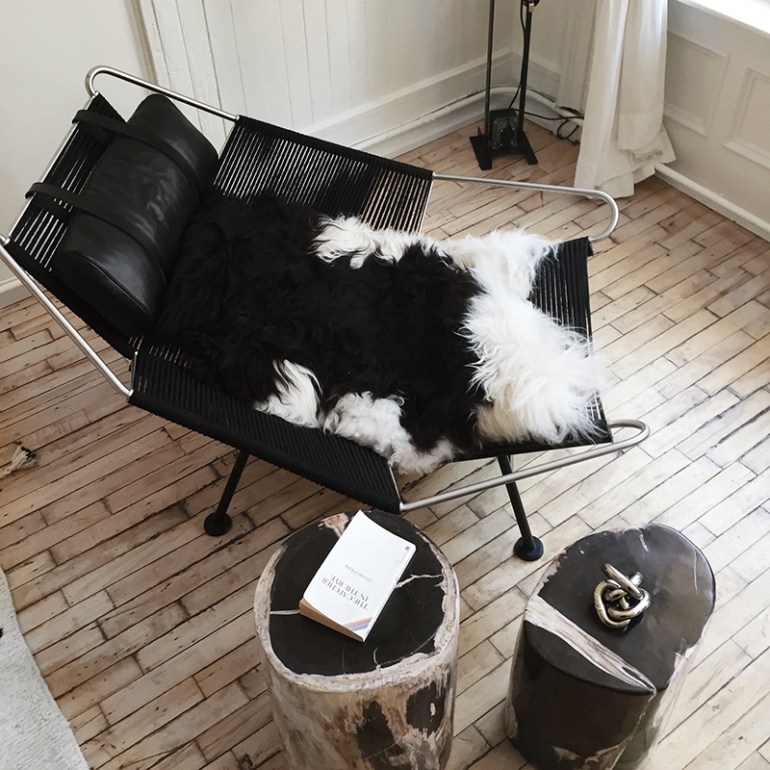
A sheepskin from Iceland in a vintage Hans Wegner chair in NY appartment shop The Line – via Fashion Squad
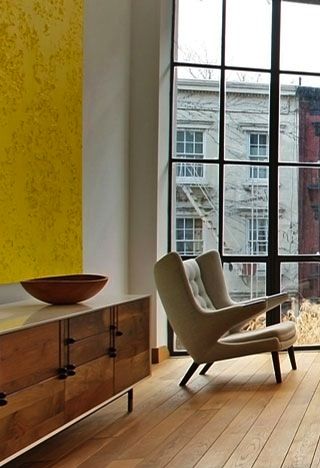
Another Papa Bear
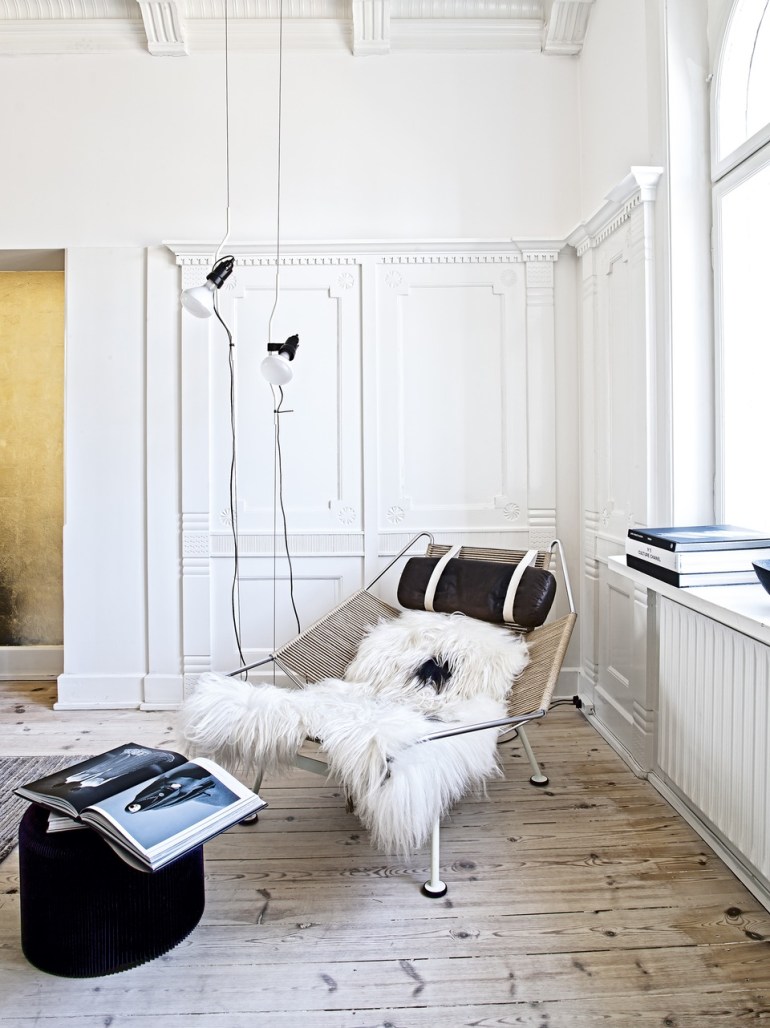
OK, one more Flag Halyard, because I can 🙂

The Peacock Chair designed and first manufactured in 1947, re-launched by PP Mobler in 1992


CH24 Wishbone Chair by Carl Hansen – $599.00
from: Lumens.com
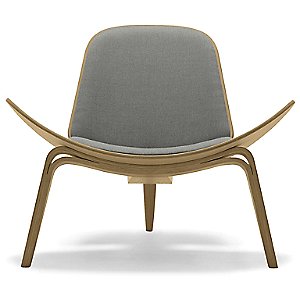
CH07 Lounge Chair by Carl Hansen – $2,695.00
from: Lumens.com
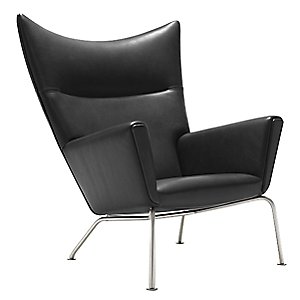
CH445 Wing Lounge Chair by Carl Hansen – $5,960.00
from: Lumens.com
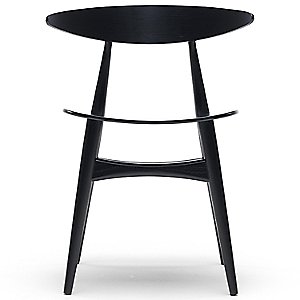
CH33 Chair by Carl Hansen – $825.00
from: Lumens.com
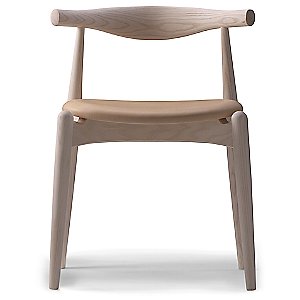
CH20 Elbow Chair by Carl Hansen – $850.00
from: Lumens.com
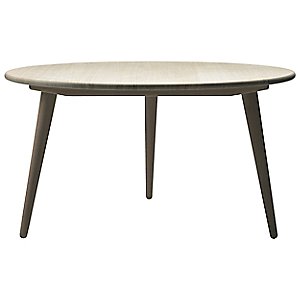
CH008 Coffee Table by Carl Hansen – $1,615.00
from: Lumens.com
If you enjoy reading my blog, please consider giving my Facebook page a “like“
YOU MAY ALSO LIKE:
 he history of the famous Thonet chairs, begins with Michael Thonet, pronounced "Toe-net" (instead of "Tho-nay"). He was the founder of a building- and furniture workshop in Boppard, Germany in 1819. His unique success story began with the transition of manual furniture production to industrial production. From the 1830's, Thonet…
he history of the famous Thonet chairs, begins with Michael Thonet, pronounced "Toe-net" (instead of "Tho-nay"). He was the founder of a building- and furniture workshop in Boppard, Germany in 1819. His unique success story began with the transition of manual furniture production to industrial production. From the 1830's, Thonet…


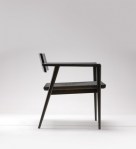


Pingback: WORN LEATHER ⋆ vkvvisuals.com/blog